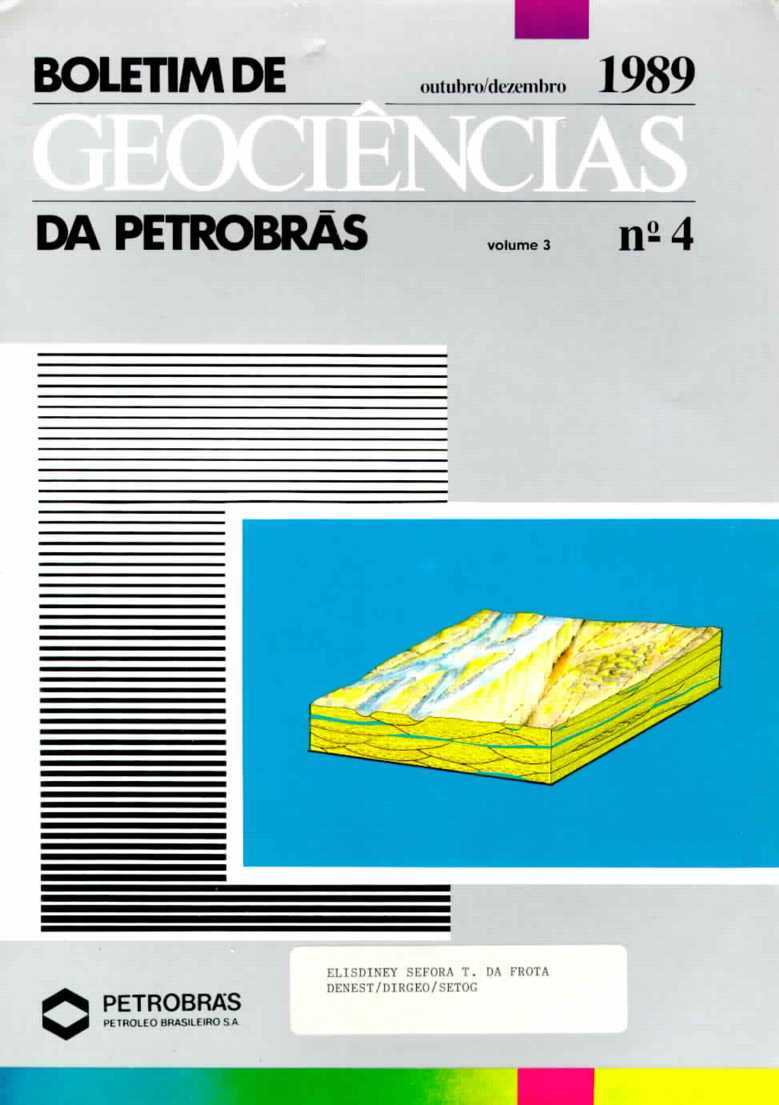Reservoir continuity in the Sergi formation of the dom João field, Recôncavo basin
Abstract
The Dom João field, one of the oldest in the Recôncavo Basm, has an estimated volume of oil in place of 137 million cubic meters and has accumulated a production of 16 million cubic meters. This low yield is most likely due to the large amount of infiltrated clay in reservoirs of the Sergi Formation, mainly in zones R2 and R3, where oil production is fow and water injection inefficient. Resistivity, gamma ray, density, and neutron fogs were obtained as part of a study on continuity and quality in an area of approximately 1.2 km2 located in the southern part of the field in zonas R2 and R3. A correfation factor (FC= RHOB x GRlRt) was first defined for each 0.20 meter of reservoir and accumulated every two meters. These correlation factors were then used to ascertain similarity indices (excellent, good, fair, or poor) for corresponding levels between each two adjacent wells in both NW·SE and SW-NE strikes, and intervals revealing high simifarity indices (i. e., excellent or good) were cons1dered continuous. For better visualization, quality índex (10) maps were drawn up, where lQ = (PHIE x Rt)lVsh. After ascertaining such reservoir characteristics as distribution, continuity, and quality, the informatron can be applied to hydrocarbon exploitation and can be extended to other areas in the same field. lt can, for exampfe, be used to guide field operations (hydraulic fracturing and water injection), estimate real oil reserves, and increase oil recovery by reducing the drainage grid.
Downloads
Published
Issue
Section
License
This license enables reusers to distribute, remix, adapt, and build upon the material in any medium or format, so long as attribution is given to the creator. The license allows for commercial use.




